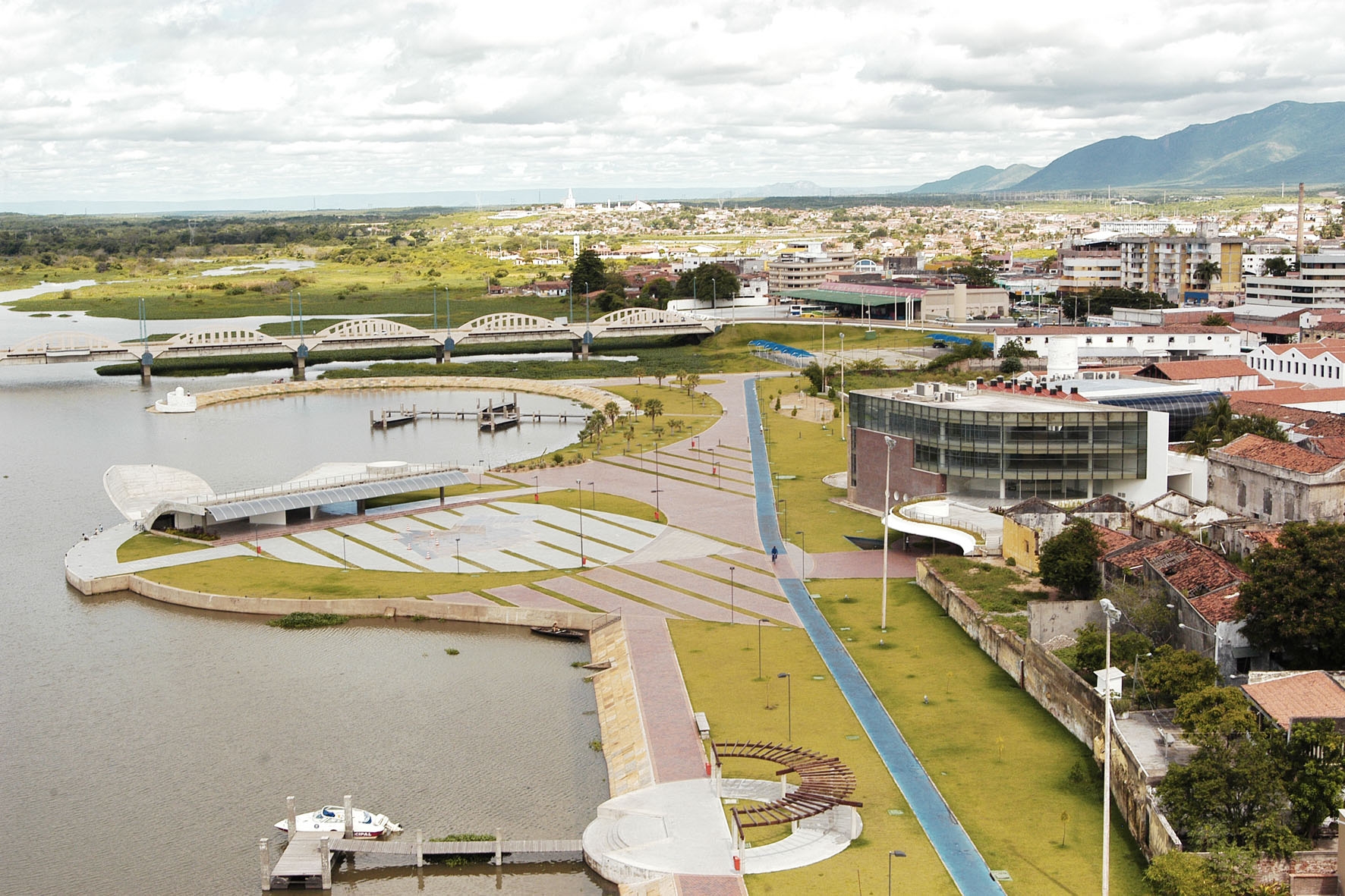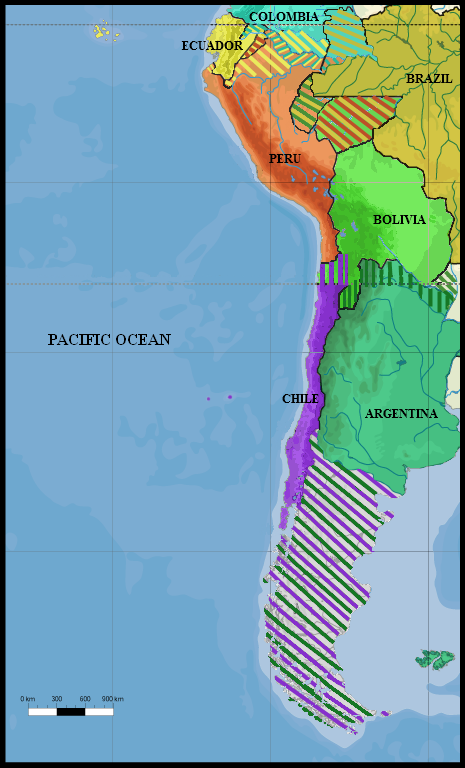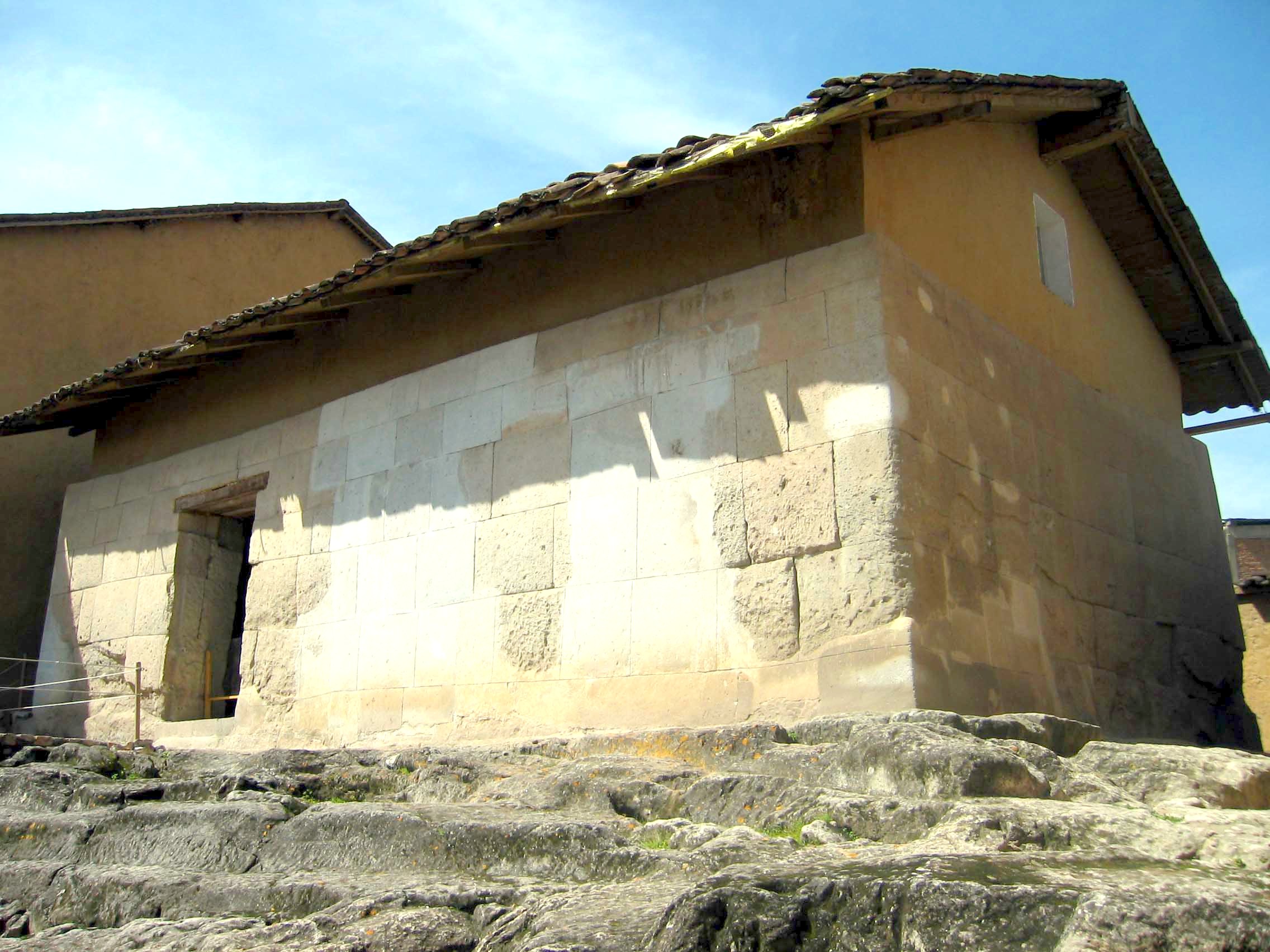|
Julio César Arana
Julio César Arana del Águila, (April 12, 1864 – September 7, 1952) was a Peruvian entrepreneur and politician who committed crimes against humanity such as slavery, torture and genocide. A major figure in the rubber industry in the upper Amazon River, Amazon basin, he is probably best known in the English-speaking world through 's 1909 articles in the British magazine ''Truth'', accusing him of practices that amounted to a terroristic reign of slavery over the natives of the region. A company of which he was the general manager, the Peruvian Amazon Company, was investigated by a commission in 1910 on which Roger Casement served. He was appointed its liquidator in September 1911. He later blamed the downfall of the company on the British directors for neglecting to manage the Peruvian staff,"The Peruvia ... [...More Info...] [...Related Items...] OR: [Wikipedia] [Google] [Baidu] |
Congress Of The Republic Of Peru
The Congress of the Republic of Peru () is the unicameral body that assumes legislative power in Peru. Due to broadly interpreted impeachment wording in the Constitution of Peru, the President of Peru can be Vacancy due to moral incapacity (Peru), removed by Congress without cause, effectively making the legislature more powerful than the executive branch. Following a ruling in February 2023 by the Constitutional Court of Peru, the body tasked with interpreting the Constitution of Peru and whose members are directly chosen by Congress, judicial oversight of the legislative body was also removed by the court, essentially giving Congress absolute control of Peru's government. Since the 2021 Peruvian general election, right wing parties held a majority in the legislature. * * * * The largest represented leftist party in Congress, Free Peru, has subsequently aligned itself with conservative and Fujimorists parties within Congress due to their institutional power. Congress's comp ... [...More Info...] [...Related Items...] OR: [Wikipedia] [Google] [Baidu] |
Putumayo Department
Putumayo () is a departments of Colombia, department of Southern Colombia. It is in the south-west of the country, bordering Ecuador and Peru. Its capital is Mocoa. The word ''putumayo'' comes from the Quechua languages. The verb ''p'utuy'' means "to spring forth" or "to burst out", and ''mayu'' means river. Thus it means "gushing river". History Originally, the southwestern area of the department belonged to the Cofán Indians, the northwestern to the Kamëntsá, Kamentxá Indians, the central and southern areas to tribes that spoke Tukano languages (such as the Siona people, Siona), and the eastern to tribes that spoke Witoto languages. Part of the Kamentxá territory was conquered by the Inca Huayna Cápac in 1492, who, after crossing the Cofán territory, established a Quechua people, Quechua population on the valley of Sibundoy, known today as Ingas. After the Inca defeat in 1533, the region was invaded by the Spanish in 1542, and from 1547 was administered by Catholi ... [...More Info...] [...Related Items...] OR: [Wikipedia] [Google] [Baidu] |
Abel Alarco
Abel ( ''Hébel'', in pausa ''Hā́ḇel''; ''Hábel''; , ''Hābēl'') is a biblical figure in the Book of Genesis within the Abrahamic religions. Born as the second son of Adam and Eve, the first two humans created by God, he was a shepherd who offered his firstborn flock to God as a religious offering. God accepted Abel's offering but not the offering of his older brother Cain, leading Cain to stone Abel to death out of jealousy. This act marked the first death in biblical history, making Abel the first murder victim. Life and death Interpretations Jewish and Christian interpretations According to the narrative in Genesis, Abel is Eve's second son. His name in Hebrew is composed of the same three consonants as a root meaning "the air that remains after you exhale" also synonymous in Hebrew to "nothing", as stated in Ecclesiastes. Julius Wellhausen has proposed that the name is independent of the root. Eberhard Schrader had previously put forward the Akkadian (Old Assyrian ... [...More Info...] [...Related Items...] OR: [Wikipedia] [Google] [Baidu] |
Ceará
Ceará (, ) is one of the 26 states of Brazil, located in the Northeast Region, Brazil, northeastern part of the country, on the Atlantic Ocean, Atlantic coast. It is the List of Brazilian states by population, eighth-largest Brazilian State by population and the List of Brazilian states by area, 17th by area. It is also one of the main tourist destinations in Brazil. The List of capitals in Brazil, state capital is the city of Fortaleza, the country's fourth most populous city. The state has 4.3% of the Brazilian population and produces 2.1% of the Brazilian GDP. It is divided into 184 municipalities. Literally, the name ''Ceará'' means "sings the Aratinga, jandaia". According to José de Alencar, one of the most important writers of Brazil and an authority in Tupi Guaraní, ''Ceará'' means turquoise or green waters. The state is best known for its extensive coastline, with of sand. There are also mountains and valleys producing tropical fruits. To the south, on the border o ... [...More Info...] [...Related Items...] OR: [Wikipedia] [Google] [Baidu] |
Tarapoto District
Tarapoto District is one of fourteen Districts of Peru, districts of the province San Martín Province, San Martín in Peru. Instituto Nacional de Estadística e Informática. Banco de Información Distrital''. Retrieved April 11, 2008. Climate References See also * Administrative divisions of Peru Districts of the Department of San Martín Districts of the San Martín province {{SanMartín-geo-stub ... [...More Info...] [...Related Items...] OR: [Wikipedia] [Google] [Baidu] |
Pablo Zumaeta
Pablo is a masculine given name, the Spanish form of the name Paul. People * Pablo Acha (born 1996), Spanish archer * Pablo Alarcón (born 1946), Argentine actor * Pablo Alborán (born 1989), Spanish singer * Pablo Aimar (born 1979), Argentine footballer * Pablo Armero (born 1986), Colombian footballer * Pablo Bartholomew (born 1955), Indian photojournalist * Pablo Berger (born 1963), Spanish film director and screenwriter * Pablo de Blasis (born 1988), Argentine footballer * Pablo Brandán (born 1983), Argentine footballer * Pablo Brenes (born 1982), Costa Rican footballer * Pablo Bueno (born 1990), Argentine footballer * Pablo Carreño Busta (born 1991), Spanish tennis player * Pablo Casals (1876–1973), Catalan cello virtuoso * Pablo Cavallero (born 1974), Argentine retired footballer * Pablo Couñago (born 1979), Spanish footballer * Pablo Cuevas (born 1986), Uruguayan tennis player * Pablo Virgilio David (born 1959), Filipino cardinal, current Bishop of Kalookan * Pablo E ... [...More Info...] [...Related Items...] OR: [Wikipedia] [Google] [Baidu] |
Eleanora Zumaeta
Eleanora or Eleonora may refer to: People * Eleanora (name) * Eleonora, three 17th century Swedish queens consort * Countess Palatine Eleonora Catherine of Zweibrücken (1626–1692), Swedish princess * Eleonora Luisa Gonzaga (1686–1741), Duchess of Rovere and Montefeltro as the wife of Francesco Maria de' Medici * Eleonora, Princess of Ligne (born 1953), wife of Michel, 14th Prince of Ligne * Eleanora Atherton (1782–1870), English philanthropist * Eleonora Chiavarelli (1915–2010), wife of murdered Italian politician Aldo Moro * Eleonora Duse (1858–1924), Italian actress, often known simply as Duse * Eleonora Dziękiewicz (born 1978), Polish volleyball player * Eleonora Ehrenbergová (1832–1912), Czech operatic soprano * Eleanora Fagan (1915–1959), birth name of American jazz singer Billie Holiday * Ulrika Eleonora of Sweden (1688–1741), Queen of Sweden Other uses * "Eleonora" (short story), by Edgar Allan Poe * Eleanora, principal woman's role in Strindberg's 1901 ... [...More Info...] [...Related Items...] OR: [Wikipedia] [Google] [Baidu] |
Huallaga River
The Huallaga River is a tributary of the Marañón River, part of the Amazon Basin. Old names for this river include ''Guallaga'' and ''Rio de los Motilones''. The Huallaga is born on the slopes of the Andes in central Peru and joins the Marañón before the latter reaches the Ucayali River to form the Amazon. Its main affluents are the Monzón, Mayo, Biabo, Abiseo and Tocache rivers. Coca is grown in most of those valleys, which are also exposed to periodic floods. Description Although it runs for 700 miles (1,100 km), the Huallaga remains unnavigable for the most part. For nearly its entire length the Huallaga is an impetuous torrent running through a succession of gorges. It has forty-two rapids (pongos) and it crosses the Andes, forming the Pongo de Aguirre gorge. From this point, from the Amazon, the Huallaga can be ascended by larger river boats (''lanchas'') to the port city of Yurimaguas, Loreto. Although there are no defined boundaries, the river is commonly di ... [...More Info...] [...Related Items...] OR: [Wikipedia] [Google] [Baidu] |
Yurimaguas
Yurimaguas is a port town in the Loreto Region of the northeastern Peruvian Amazon. Historically associated with the Mainas missions, the culturally diverse town is affectionately known as the "Pearl of the Huallaga" (''Perla del Huallaga''). Yurimaguas is located at the confluence of the majestic Huallaga and Paranapura Rivers in the steamy rainforests of northeastern Peru. It is the capital of both Alto Amazonas Province and Yurimaguas District, and had a population estimated at 62,903 inhabitants (2017). With a long and illustrious history, Yurimaguas is a tourist destination, especially during the August 15 annual Catholic festival of the Assumption. Long dominated by the presence of the Church, the town is home to the Apostolic Vicariate of Yurimaguas, Loreto Region. Visited in 1855 by the famed botanist Richard Sprucebr> Yurimaguas remains an important commercial center for subsistence and market oriented farmers or ''ribereños'' (who cultivate sugar cane, bananas, ... [...More Info...] [...Related Items...] OR: [Wikipedia] [Google] [Baidu] |
Amazon Rubber Cycle
The Amazon rubber cycle or boom (, ; , ) was an important part of the socioeconomic history of Brazil and Amazonian regions of neighboring countries, being related to the commercialization of Natural rubber, rubber and the genocide of indigenous peoples. Centered in the Amazon Basin, the boom resulted in a large expansion of colonization in the area, attracting immigrant workers and causing cultural and social transformations. Crimes against humanity were committed against local indigenous societies, including slavery, rape, torture and genocide. It encouraged the growth of cities such as Manaus and Belém, capitals within the respective Brazilian states of Amazonas (Brazilian state), Amazonas and Pará, among many other cities throughout the region like Itacoatiara, Amazonas, Itacoatiara, Rio Branco, Acre, Rio Branco, Eirunepé, Marabá, Pará, Marabá, Cruzeiro do Sul, Acre, Cruzeiro do Sul and Altamira, Pará, Altamira; as well as the expansion of Iquitos in Peru, Cobija in B ... [...More Info...] [...Related Items...] OR: [Wikipedia] [Google] [Baidu] |
War Of The Pacific
The War of the Pacific (), also known by War of the Pacific#Etymology, multiple other names, was a war between Chile and a Treaty of Defensive Alliance (Bolivia–Peru), Bolivian–Peruvian alliance from 1879 to 1884. Fought over Atacama Desert border dispute, Chilean claims on Litoral Department, coastal Bolivian territory in the Atacama Desert, the war ended with victory for Chile, which gained a significant amount of resource-rich territory from Peru and Bolivia. The direct cause of the war was a nitrate taxation dispute between Bolivia and Chile, with Peru being drawn in due to its secret alliance with Bolivia. Some historians have pointed to deeper origins of the war, such as the interest of Chile and Peru in the nitrate business, a long-standing rivalry between Chile and Peru for regional hegemony, as well as the political and economical disparities between the stability of Chile and the volatility of Peru and Bolivia. In February 1878, Bolivia increased taxes on the Chile ... [...More Info...] [...Related Items...] OR: [Wikipedia] [Google] [Baidu] |
Cajamarca
Cajamarca (), also known by the Quechua name, ''Kashamarka'', is the capital and largest city of the Cajamarca Region as well as an important cultural and commercial center in the northern Andes. It is located in the northern highlands of Peru at approximately 2,750 m (8,900 ft) above sea level in the valley of the Mashcon river. Cajamarca had an estimated population of about 226,031 inhabitants in 2015, making it the 13th largest city in Peru. Cajamarca has a mild highland climate, and the area has very fertile soil. The city is well known for its dairy products and mining activity in the surroundings. Among its tourist attractions, Cajamarca has numerous examples of Spanish colonial religious architecture, beautiful landscapes, pre-Hispanic archeological sites and hot springs at the nearby town of Baños del Inca (Baths of the Inca). The history of the city is highlighted by the Battle of Cajamarca, which marked the defeat of the Inca Empire by Spanish invader ... [...More Info...] [...Related Items...] OR: [Wikipedia] [Google] [Baidu] |





